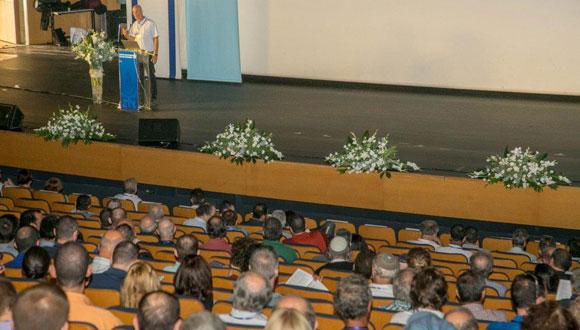Physics Colloquium: Neural representation of position by grid cells in the mammalian brain
Yoram Burak, Hebrew University
Abstract:
The neural representation of an animal’s location within its environment has been studied since the discovery in 1971 of ‘place cells’ in the mammalian hippocampus, which are selectively active when an animal visits a particular location. The main source of input to the hippocampus within the brain, the entorhinal cortex, has been found in 2005 to contain neurons that are active in multiple locations within the animal’s environment. Remarkably, these locations are arranged on the vertices of a two dimensional hexagonal lattice that tiles the plane. Both discoveries, of place cells and grid cells, were recognized by the 2014 Nobel Prize in Physiology or Medicine, awarded to John O’Keefe (UCL, London), May-Britt Moser, and Edvard Moser (NTNU, Trondheim). The periodic response of grid cells, as a function of the animal’s position, raises many questions – both about the mechanisms responsible for this periodicity, and about the properties of grid cell activity as a neural coding scheme for position. I will survey these questions, and will discuss how principles borrowed from statistical physics, nonlinear dynamics, and information theory have been applied to address them.
Event Organizer: Dr. Ishay Pomerantz


